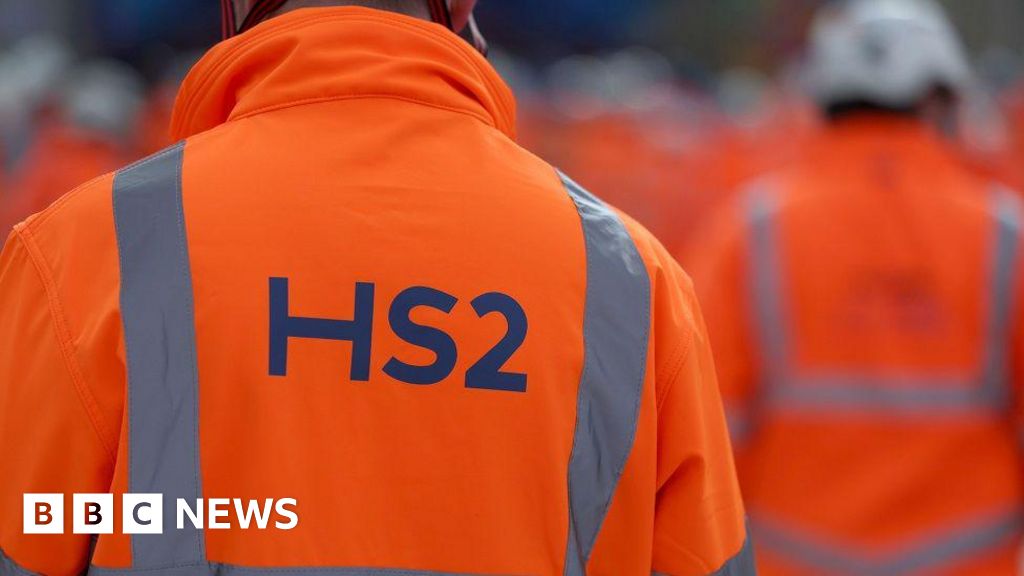The new Barbie movie is all the rage. The upbeat pop music, loud pink houses, and signature aesthetic of the ultrafeminine doll jump out from its viral trailer. The hype surrounding the movie caused a pink paint shortage and a viral “Barbiecore” trend on social media. All the buzz aside, it is already stirring up unforeseen political controversy ahead of its July 21 release date in the U.S.: Vietnam has banned Barbie because of a scene showing a map of a disputed section of the South China Sea, according to state-run outlet Tuoi Tre.
A segment of the movie shows the “nine-dash line” as depicted on Chinese maps to show the areas of the South China Sea it claims. It’s unclear which scene shows the map or for which plotline.
In 2016, a tribunal in The Hague rejected China’s territorial claims in the South China Sea and criticized the country’s expansion and construction of artificial islands in disputed territories, but China rejected that ruling. A number of territories have competing claims over the sea, including China, Vietnam, Taiwan, and Malaysia.
The Barbie movie isn’t the first to be yanked in Vietnam because of the South China Sea dispute. DreamWorks’ 2019 animated film Abominable was banned by the Vietnamese government for the same reason, as was Tom Holland–starring Uncharted in 2022.
Warner Bros. did not respond to Fortune’s request for comment.
While the plot of the movie is unclear ahead of its American release, this controversy may have to do with the question many had when the trailer was released in April: What’s with all the characters and why are so many people responding to “Ken?”
The new-age Barbie
What’s beyond a doubt is that the moviemakers are going for representation of Barbie and Ken beyond the stereotypical white, blonde-haired dolls of their late 1950s heyday. The movie is clearly vying for greater inclusivity, as Simu Liu, the musclebound Asian Canadian actor who shot to fame as Marvel’s Shang-Chi, is playing Ken in addition to co-lead Ryan Gosling, who more closely resembles the original mid-century doll. Glimpses of Liu in the trailer have gotten the Asian community excited in the lead-up to next month’s release.
“Greta was very, very conscientious about who she cast. We were able to cast people of different shapes, sizes, differently abled, to all participate in this dance—all under this message of: You don’t have to be blonde, white, or X, Y, Z in order to embody what it means to be a Barbie or a Ken,” Liu said at an event last year, according to Vanity Fair.
The movie is directed by Greta Gerwig, who is known for strong female characters and celebrated arthouse fare such as Lady Bird and an adaptation of Little Women. Gerwig’s partner, Noah Baumbach, is another indie film luminary and is joining her as co-writer of the script. The film also stars Kate McKinnon, a celebrated comedic actress famous for Saturday Night Live and several film roles, as well as a long connection to Gerwig that dates back to their undergraduate days together at Barnard College, in upper Manhattan. (One of the famous “seven sisters” of American private higher education Barnard has a partnership with the nearby Ivy League school Columbia, and is a venerable home of highbrow learning.)
“If you love Barbie, you’re going to love it, if you hate Barbie, you’re going to love it,” Margot Robbie, the actress with the title role, told The Guardian. “But if you just like a good movie, you’re going to love it.”
Barbie has been an international icon for decades. But for much of its history, there was only one type of Barbie—high-heeled, white and petite. When the conversation about inclusivity and diversity became more pressing, people began to question the relevance of the old-school Barbie that looked very different from some of the children who played with it, hurting the dolls’ sales.
“Consumers didn’t think that she was relevant. She didn’t reflect the world that kids live in,” Barbie-maker Mattel’s president and COO, Richard Dickson, told Fortune last month.
Mattel has actively tried to boost its branding strategy by capitalizing on the strong suits of the doll’s franchise as an empowering figure for girls. They have also launched more inclusive versions of the dolls with different hair, skin and body types and representing different professions.
As the Barbie brand evolved, it continued to expand its footprint globally—since its launch in 1959, more than 1 billion dolls have been sold worldwide. The movie’s effort at inclusivity, the extent of which can be hard to gauge until its release, may be a nod to the brand’s efforts towards making the doll resonate with a wider audience.
“The new movie seems to be in dialogue with these relatively recent changes: Nearly all the characters in the film’s Barbie universe are named ‘Barbie’ and ‘Ken,’ regardless of their skin tone, hair color and texture, and so on,” Rebecca Hains, professor of media and communication at Salem State University and author of “The Princess Problem: Guiding Our Girls Through the Princess-Obsessed Years,” told Fortune. “This means that although the film is centered on a white, blonde Barbie (played by Margot Robbie), the film reinforces the idea that Barbie can be anything – including not just careers, but a range of races and ethnicities, as well.”
Some of the Barbie cast members have spoken about the effort change how characters are represented in a way that’s more relevant to today’s audience.
While the Barbie name has traveled far and wide, the success of the movie around the world remains to be seen in a few weeks. For now, the cast is touring cities, with stops in parts of Asia including Seoul, to promote the movie.
Credit: Source link










